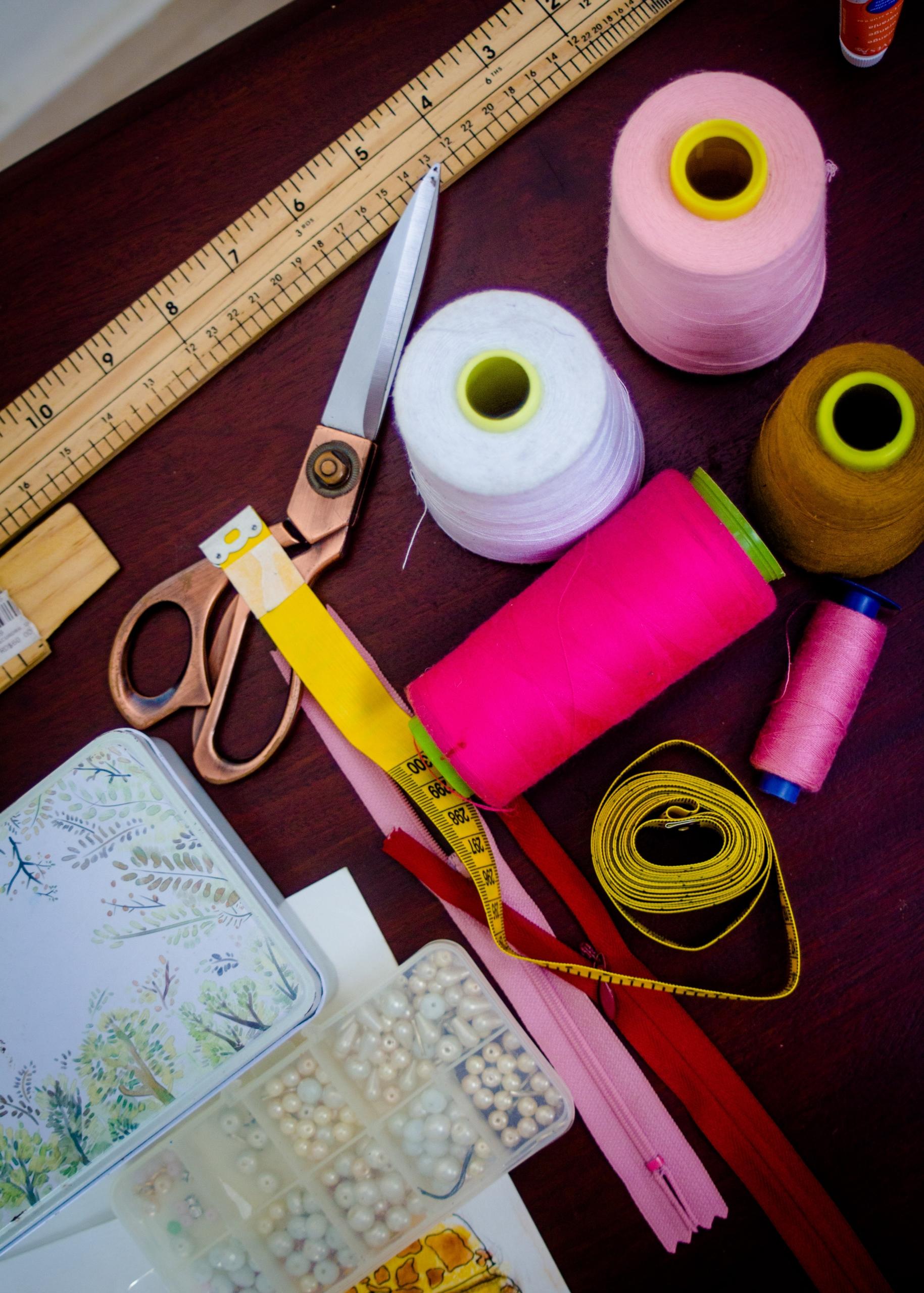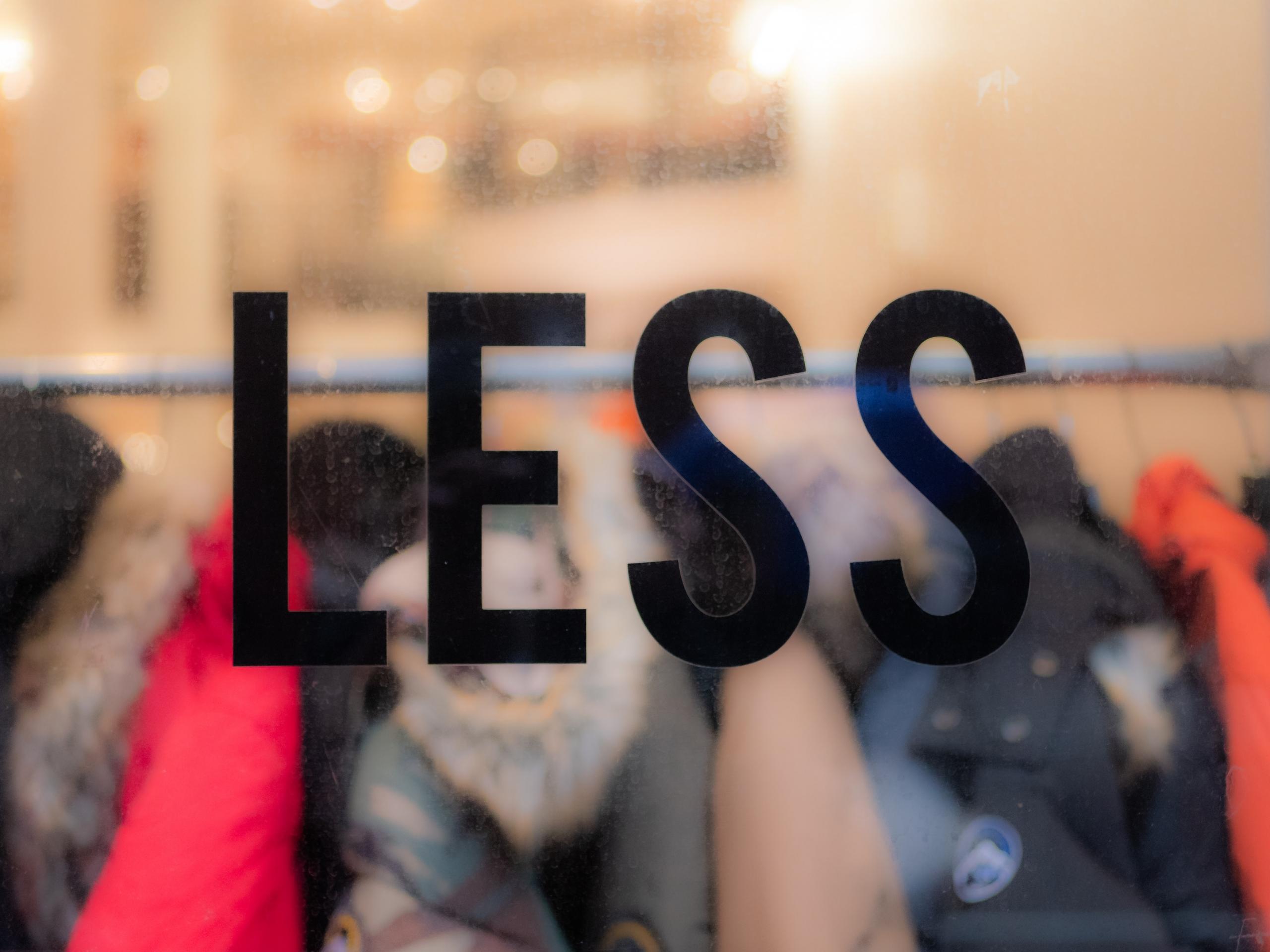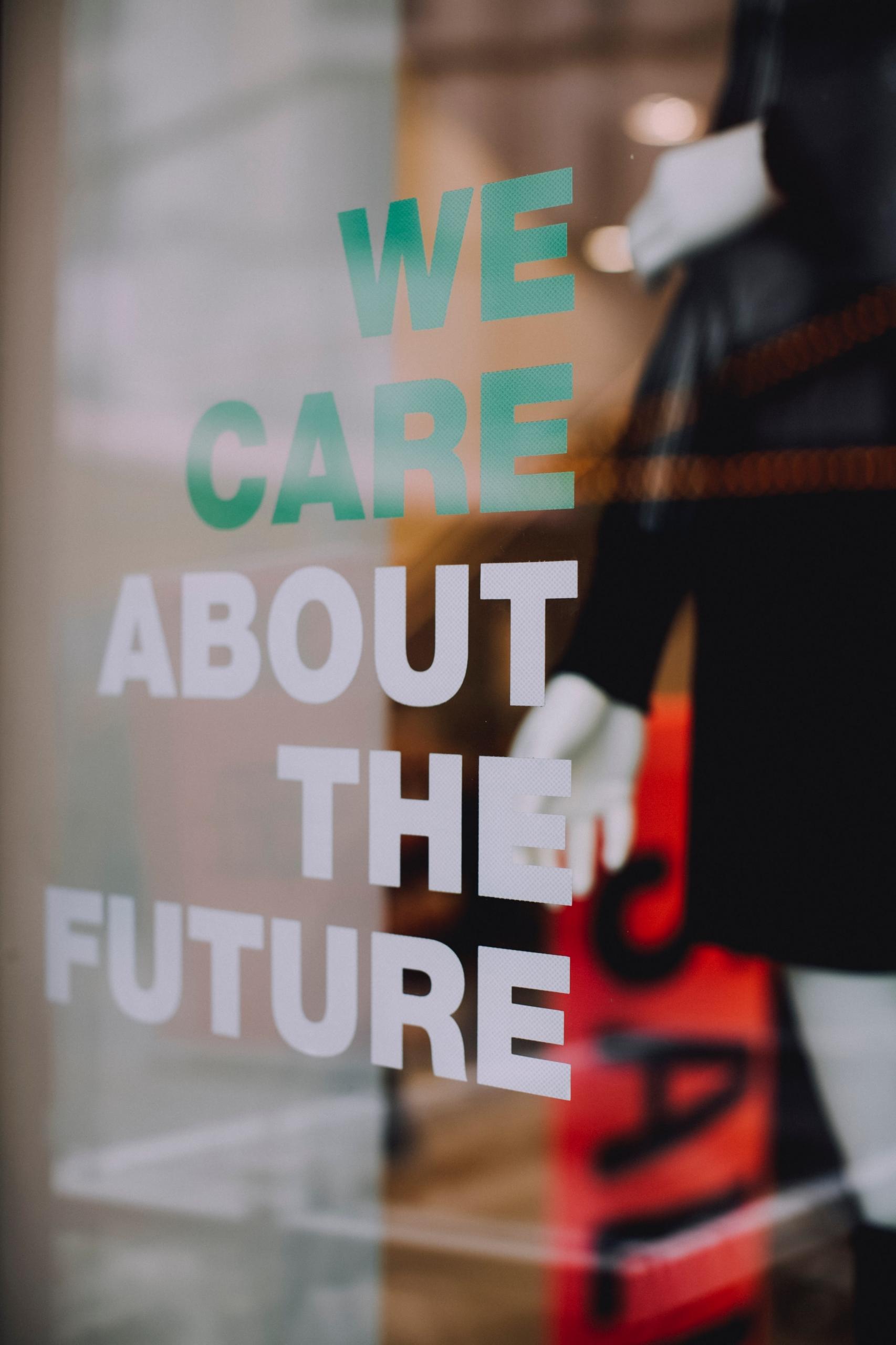In a recent article we described fast fashion facts that help us understand this major industry, however, how can we spot a fast fashion brand?
Fast fashion is the term to describe clothes from a specific industry model where high-fashion trends are replicated in mass production and sold at a very low or low cost.

Since when do fast fashion brands exist?
It is difficult to pinpoint who or which company was the originator of the fast fashion phenomenon. Nevertheless, we can look back at the brands that helped start this phenomenon to become the massive fashion industry it represents today.
The fast fashion industry model grew during the 20th century when manufacturing became less expensive and when the demand started skyrocketing. The price drop happened after the result of new materials to create clothes, such as polyester and nylon. In addition, low-cost labour, more efficient supply chains and quick response manufacturing allowed retailers and fast fashion brands to thrive and become large multinationals selling their products around the world.
Amancio Ortega, is one of them, the founder of the global brand Zara, he founded his clothing company in 1963 in Galicia. The concept of his store was to feature garments that were affordable replication of popular high-end fashion items, in addition to producing his own fashion designs. Ortega grew his business when he opened the first retail outlet in Europe, he later expanded to New York.
The main concept of fast fashion is to recreate runway garments and trendy items to sell at a quick pace, this creates a sense of urgency for consumers because once the season is passed they will not find that garment available in store. Another important aspect of fast fashion is the prices, which are very competitive considering the price of a garment from an original high fashion brand.
This phenomenon became possible after the Industrial Revolution, which brought enough technology in terms of sewing and textiles machines, as well as new textiles such as nylon and polyester later on.
The fast fashion industry was fully operational at the beginning of the 21st century, where the brands were already established, and their supply chain was fully operational to supply the increasingly high demand.

Who are the fast fashion brands?
- Zara
Spanish retail of the group Inditex. Its main strategy is to reproduce high-fashion garment designs in less than 15 days, in addition to its own designs. Over half of its factories are closely located to its corporate headquarters in A Coruña, Spain—including countries like Portugal, Turkey, and Morocco. It has 2,138 stores in 96 countries, as of mid-2020, but a strong online operation as well. - H&M
Founded in 1947, Sweden-based H&M (short for Hennes & Mauritz ) is one of the oldest fast-fashion companies. As of 2019, H&M operates in 74 countries with over 5,000 stores under its various brands which, along with H&M, include the slightly more upscale COS. Part of H&M's strategy has also been not to offer just knockoffs, but original creations, via its much-ballyhooed designer collaborations with elite labels like Alexander Wang and Giambattista Vali. In early 2021, for example, it launched a collection designed by Simone Rocha. - Uniqlo
Japanese brand that offers casual clothing. - Stradivarius
Another Spanish brand, founded in 1994 and part of the Inditex group since 1999. - Topshop
Originally known as Top Shop, this multinational fashion brand sells clothes, footwear, cosmetics, and accessories. There are 500 Topshop outlets in the world, including 300 in the UK. - Primark
Also known as Penney's in Ireland, Primark is an Irish fashion retailer. They sell clothes for all age groups, including baby and toddler wear. There are over 350 stores in 12 countries around the world. - Rip Curl, GUESS, Victoria's Secret, Urban Outfitters, GAP, Fashion Nova, Mango, Oysho, Massimo Dutti, ASOS, Shein, Fashion Nova and the list goes on!
UK Fast Fashion Brands
- Boohoo
- Pretty Little Thing
- New Look
- Missguided
- Peacocks
The list of fast fashion brands is still long, and we recommend you to research each brand if you want to know if they follow a fast fashion supply chain or are locally produced. You might even start with the labels seen on Love Island...
Fashion is an influential business in the world and in the United Kingdom. We buy more clothes per person in the UK than in any other country in Europe. The fashion industry was worth £32 billion to the UK economy in 2017. This was an increase of 5.4% in 2016; a growth rate 1.6% higher than the rest of the economy. Furthermore, the industry employs 890,000 people in the UK in retail, manufacturing, brands and fashion design businesses.

How do they thrive today?
Fast fashion brands have been able to thrive in our economy because they have been able to create a business model that has adapted to the consumer's high and fast demand at a very cheap price. Making it very appealing to consumers around the world.
How were they able to achieve this?
Fast fashion brands rely on a supply chain and a way of working that creates high social, economic, and environmental impacts, such as paying very low wages to their workers, having poor working conditions, and work insecurity among others. Studies have shown that women are the ones mostly employed and therefore affected by this working model.
Another important factor is the environmental impact of producing fast fashion garments: from textile production, dyeing, packaging and transportation to name a few of the processes involved that affect our planet.
These are just a few facts to show you the environmental impact that fast fashion production has at every level from carbon emission, water waste, pollution of land and air and the spill-over effects that this entails for the workers and the consumers at a global scale.
How to recognize fast fashion brands
Doing some research before buying a garment is essential to becoming an informed fashion consumer. If you find yourself already in the shopping mall, you can always ask or search in the clothes tags for the following information:
- Where was the garment produced? Generally, countries from South East Asia, such as Pakistan, China, and Vietnam or from Easter Europe (Turkey), Africa (Morocco, Egypt) or Latin America (Mexico, Bolivia) produce garments in high quantities, and it would be good to check the working conditions of the source.
- Where is the brand from? If the brand's origin does not match the country it was produced in, it most probably outsources cheaper materials and workers from other countries and therefore can be considered a fast-fashion brand.
- What material is the garment made of? Most fast fashion garments are made of nylon, polyester or cotton that is not organic or that has not been recycled. This is also very easy to find in the clothing tags at the store.
- Quality of the garments: if you have already both from any of the fast fashion brands, you have probably noticed that the quality of a garment is low and does not last more than a year or two even when you use it a few times. This is also an important aspect of fast fashion products, quality is poor and won't last as much as a high-quality garment.
It does take time to do the research or buy clothes and brands that follow a strict ethical production process, but it is worth your time to check the products that you buy in order to know if they are sustainable or produced under fair social and labour conditions.
As consumers of everyday products and fashion, we have a responsibility in how we decide to consume and what we buy. If you want to learn more about the consequences of fast fashion, there are plenty of subjects and topics to study and research.
We also encourage you to educate the people around you that might be interested in the effects of fast fashion on labour, and climate change, to raise social awareness and become more ethical consumers.

What is the future of fast fashion?
Fast fashion has only been increasing and impacting our lives and environment, each time a little more. The success of fast fashion helped double the size of the fashion industry between 2000 and 2014. In 2021, the fast fashion sector is expected to generate $31 billion globally, an increase of 22% from 2020 — which represents more than full recovery of COVID-19-related losses — according to Research and Markets.
This means that if fast fashion is not slowing down, our consumption has to be more informed in the future as well. Another possibility is to get involved in a specific aspect of the supply chain of fast fashion and create fair and sustainable ideas to make this industry more ethical from within.
If you are interested in studying fashion or working in the fashion industry, it would be valuable to add a skill related to the problems that fast fashion has to resolve. For example, labour and human rights, sustainable or recycled textile production, local production of clothes and more. Incorporating values to the brands we shop for or to the brand you would like to launch will contribute to a brighter and more fashionable future.
Another option is to learn to make your own clothes with recycled materials. In Superprof you can find a sewing tutor that can guide you in creating your own fashion ideas! Allowing yourself to be creative and make your own clothes is the highest fashion statement you can make!















